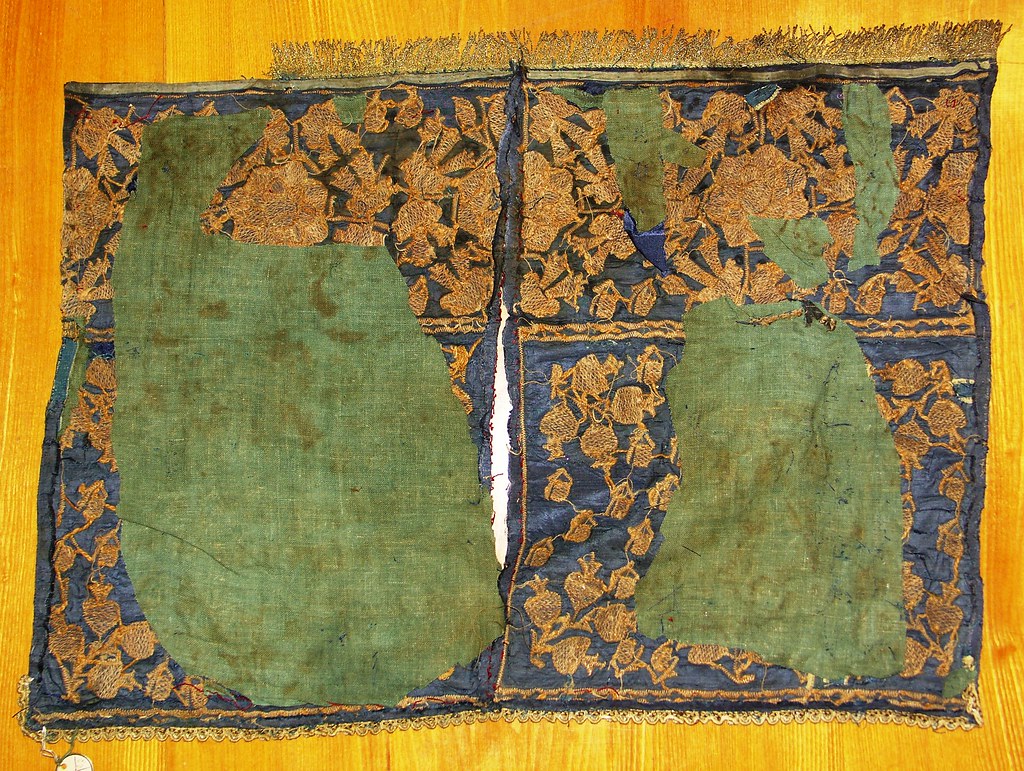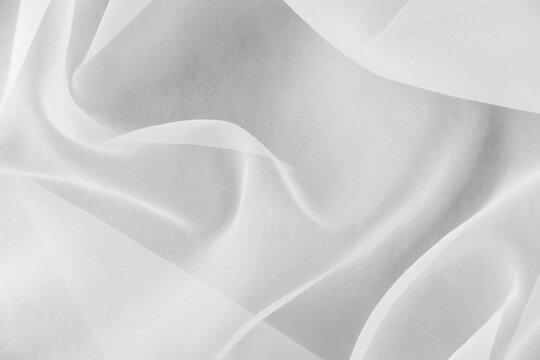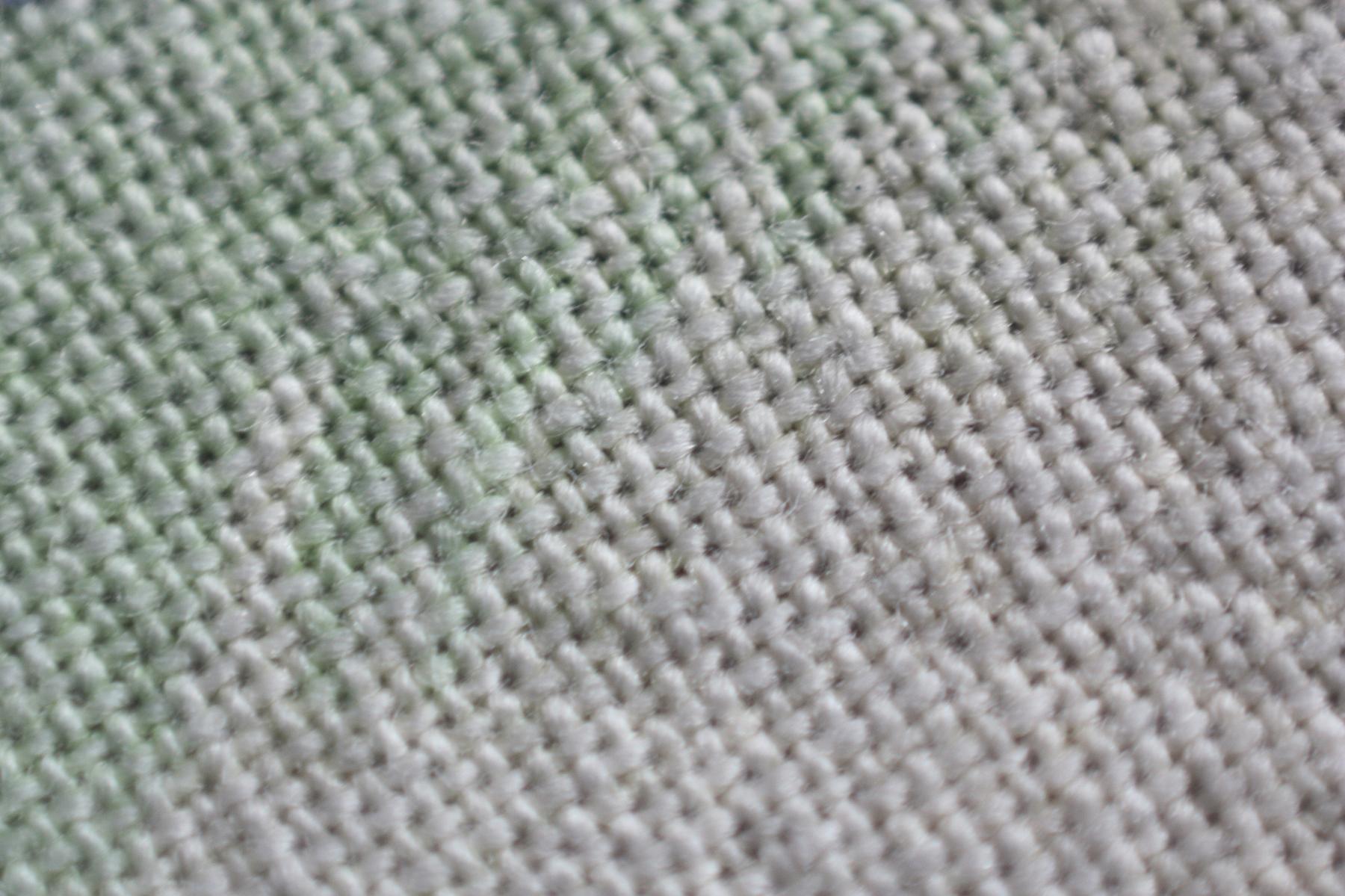There’s nothing quite like a cozy and inviting interior space that reflects your personal style. However, as time goes on, your favorite textiles may start to show signs of wear and tear, leaving you wondering how to refresh them without sacrificing their character. Fear not! In this post, we’ll be sharing some expert tips on textile conservation that will help you revitalize your interior and keep your beloved fabrics looking their best for years to come. Whether you’re dealing with antique tapestries or modern upholstery, these tips are sure to give your interiors the TLC they deserve. So, get ready to breathe new life into your textiles and create a stunning space that’s both beautiful and functional!

Understanding the Importance of Textile Conservation in Interior Design
Textile conservation is an essential aspect of interior design that ensures the longevity and preservation of precious textiles. Proper conservation techniques help to maintain the original texture, color, and structure of textile materials such as carpets, tapestries, and upholstery for future generations to enjoy. In addition to preserving historical artifacts and heirloom pieces, textile conservation also helps keep your home looking beautiful by preventing damage caused by wear and tear or exposure to sunlight.
It’s vital to take a preventative approach when it comes to textile conservation. Regular maintenance such as cleaning, dusting, storing properly will go a long way in preventing any irreversible damage. Conservation experts can also assess your textiles’ condition and advise on suitable treatment options before any damage becomes severe. Understanding the significance of textile conservation in interior design can ensure that you protect valuable assets while adding beauty and character to your living space.
Expert Tips for Proper Textile Conservation in Your Home
Textile conservation is not just about preserving antique textiles but also ensuring that your everyday fabrics last longer. Proper care and maintenance of your textiles can significantly extend their lifespan and keep them looking beautiful for years to come. Here are some expert tips for proper textile conservation in your home:
Handle with Care: Always handle textiles with clean, dry hands to avoid transferring dirt or oils onto the fabric.
Regular Cleaning: Dust and vacuum regularly to prevent dirt buildup on fabrics as this can cause discoloration or damage over time.
Avoid Direct Sunlight: UV rays from sunlight can be harmful to delicate fabrics causing fading or weakening of fibers, hence it’s essential to protect your textiles by keeping them away from direct sunlight.
Storage Matters: Store linens in a cool, dry place which is well-aired; never store damp fabrics as mold could set in.
Professional Cleaning Services: For valuable textile collections such as antique rugs and tapestries consider professional cleaning services handled by experts who will use specialized equipment and techniques that won’t damage the fiber structures of these rare pieces.
Common Mistakes to Avoid When Caring for Your Textiles
Textile conservation is not just about cleaning and preserving antique pieces, but also ensuring that everyday textiles in your home are well-maintained. One of the most common mistakes people make is using harsh chemicals or detergents when washing their fabrics. This can lead to discoloration, weakening of fibers, and deterioration over time.
Another mistake is exposing your textiles to direct sunlight or moisture. Sunlight can cause fading and weaken the fibers, while moisture can lead to mold growth and stains on your fabrics. Always store your textiles in a cool and dry place away from direct light.
Avoid rubbing or scrubbing stains vigorously as this may worsen the damage instead of removing it completely. It’s best to blot gently with a clean cloth and avoid applying too much pressure.
By avoiding these common mistakes, you can ensure that your textiles last longer without compromising their quality and beauty.

How to Identify and Treat Stains on Your Textiles
Understanding Common Textile Stains and How to Identify Them
Textile stains are inevitable in any home, which is why it’s important to know how to identify and treat them properly. Some of the most common textile stains include red wine, coffee, oil, and ink.
To identify a stain on your textiles, start by assessing the color and texture of the affected area. Note whether the stain is fresh or has set in over time. Use a mild cleaning solution (such as white vinegar or detergent) for fresh stains before attempting anything stronger.
For set-in stains, consider seeking help from a professional textile conservator who can safely remove the blemish without further damaging your precious fabric. Always remember to test any cleaning products on an inconspicuous area first before applying widely.
Step-by-Step Guide to Treating Different Types of Stains on Your Textiles
Textile conservation and proper stain removal go hand in hand. The key is to act quickly and use the appropriate method for the type of stain.
For food or beverage spills, blot up as much liquid as possible, then gently dab with a mixture of cold water and mild detergent until the stain disappears. For oil-based stains like makeup or grease, sprinkle cornstarch over the area and let it sit for 30 minutes before brushing away excess powder and using a dry cleaning solvent.
For ink stains, apply rubbing alcohol with a cotton ball until the ink dissolves. Avoid using chlorine bleach on any stains except for white cotton fabrics. Remember that when it comes to textile conservation, prevention is always better than cure!
Pro Tips for Preventing Future Staining and Damage to Your Textile Collection
To maintain the quality of your textiles, it’s important to prevent future staining and damage. Start by keeping your textiles out of direct sunlight, which can cause fading and discoloration over time. Avoid eating or drinking near delicate fabrics, especially those made from natural fibers like silk or wool. If you do have a spill, act quickly with a stain remover specifically designed for that type of fabric. Regularly vacuum your upholstered furniture to remove dust and dirt that can settle into the fibers over time. And finally, consider using protective coverings on heavily used pieces like sofas or chairs to reduce wear and tear on delicate materials such as tapestries or embroidered fabrics.
Importance of Professional Conservation Services in Restoring Valuable or Antique Textiles
Professional conservation services are crucial for restoring valuable or antique textiles. Proper treatment techniques require extensive knowledge and experience in handling delicate fabrics, identifying different types of stains, and utilizing appropriate cleaning agents. Attempting to remove stains yourself may lead to further damage or discoloration of the fabric. Preservation methods such as proper storage and display also play a critical role in maintaining the textile’s value and integrity over time. Professional conservators can provide tailored advice on how to properly care for your textiles and ensure their longevity for future generations to enjoy.
Creative Ways to Incorporate Antique Textiles into Modern Interiors
Antique textiles can add a unique touch to modern interiors, but incorporating them can be tricky. One way to do this is by using antique textiles as statement pieces. For example, a vintage tapestry can be hung on a blank wall to create a focal point in the room. Another way is to use antique textiles as accents. Pillows made from antique fabrics can add texture and interest to a modern sofa or chair. When using antique textiles, it’s important to keep them away from direct sunlight and moisture, which can cause damage over time. Additionally, avoid placing them in high-traffic areas where they may be prone to wear and tear. By incorporating antique textiles into your modern interiors with care, you can create a unique and timeless look that will last for years to come.
The Benefits of Hiring a Professional Textile Conservator for Your Home
Why Hiring a Professional Textile Conservator is Worth the Investment
Hiring a professional textile conservator may seem like an unnecessary expense, but it is actually worth the investment in the long run. Not only do they know how to properly care for your textiles and prevent damage, but they can also identify potential issues before they become major problems. Plus, having a professional handle your textile conservation ensures that valuable heirlooms and antique pieces are preserved for generations to come. By entrusting your textiles to a qualified expert, you can have peace of mind knowing that they are in good hands and will remain in excellent condition for years to come.
The Expertise and Experience of a Professional Textile Conservator
A professional textile conservator has the expertise and experience to properly care for your valuable textiles. They have extensive knowledge of different fabrics, dyes, and techniques used in textile production throughout history. They can identify potential issues with your textiles and provide appropriate treatment to prevent further damage. With their specialized training, they can handle delicate fabrics and intricate designs with care. Hiring a professional conservator can also save you time and money in the long run by preventing irreversible damage to your textiles. Trusting a professional with your textile conservation needs ensures that your treasured pieces will be preserved for future generations to enjoy.
The Importance of Proper Handling and Storage of Textiles in Your Home
Proper handling and storage of textiles is crucial for their longevity and preservation. Hiring a professional textile conservator ensures that your precious fabrics are handled with care and stored in the appropriate conditions to prevent damage from light, humidity, pests, and other environmental factors. A conservator can also provide advice on how to display and use your textiles without compromising their integrity. By investing in professional textile conservation services, you can protect your valuable heirlooms and vintage pieces for future generations to enjoy. Don’t risk damaging your textiles by attempting DIY conservation methods – trust the experts to handle them with the utmost care.
How a Professional Textile Conservator Can Help You Preserve Your Family Heirlooms
A professional textile conservator can help you preserve your family heirlooms by providing expert care and attention to delicate fabrics. They have the knowledge and experience to assess the condition of your textiles, identify potential issues, and develop a customized conservation plan. By entrusting your valuable items to a trained professional, you can avoid common mistakes that may damage or degrade them over time.
A conservator will also use appropriate techniques and materials when cleaning or repairing textiles, ensuring that they are properly handled and not subjected to harsh chemicals or processes that could cause further harm. With their help, you can extend the lifespan of your treasured textiles for future generations to enjoy while maintaining their authentic beauty and historical significance.

Sustainable Textile Conservation: Eco-Friendly Practices for a Greener Home
Sustainable textile conservation is becoming increasingly popular as people become more aware of the impact their actions have on the environment. One way to practice eco-friendly textile conservation is to use natural cleaning products instead of harsh chemicals. You can also opt for organic fabrics when purchasing new textiles for your home. Another sustainable practice is to repurpose old textiles instead of throwing them away. For example, you can turn an old tablecloth into a set of napkins or use an antique quilt as a wall hanging. Additionally, consider supporting local artisans who use sustainable practices in their textile production. By incorporating these eco-friendly practices into your textile conservation routine, you can create a greener home while preserving your precious textiles for years to come.
In conclusion, textile conservation is a crucial aspect of interior design that should not be overlooked. By following expert tips and avoiding common mistakes, you can ensure that your textiles remain in pristine condition for years to come. Whether you’re dealing with stains or looking to incorporate antique textiles into modern interiors, there are plenty of creative solutions available. And if you’re ever in doubt, don’t hesitate to hire a professional textile conservator who can provide expert care and guidance. By practicing sustainable and eco-friendly textile conservation practices, you can also contribute to a greener home and a healthier planet. So go ahead and revitalize your interiors with these expert textile conservation tips!
Questions and Answers
Who performs textile conservation?
Textile conservators are trained professionals who perform textile conservation.
What is textile conservation?
Textile conservation is the process of preserving and restoring textiles.
How is textile conservation done?
Textile conservation is done through careful examination, cleaning, and repair.
Who needs textile conservation services?
Museums, collectors, and individuals with valuable textiles may need conservation services.
What are the benefits of textile conservation?
Textile conservation can extend the life of a textile and maintain its historical and cultural value.
What if I can’t afford textile conservation?
Some organizations offer grants or financial assistance for textile conservation services.
